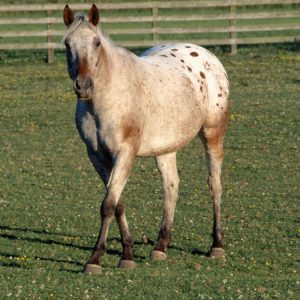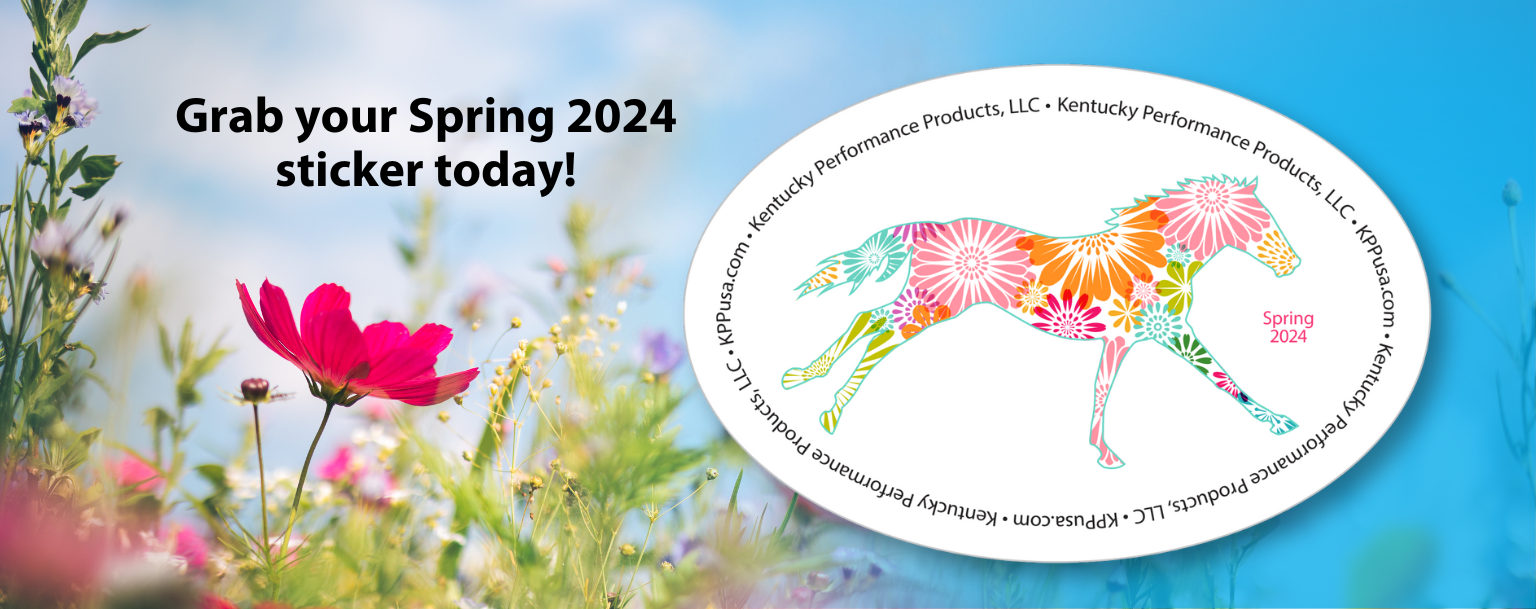
Vitamin E Necessary for Optimal Health in Horses
The most important function of vitamin E in the horse’s body revolves around its antioxidant properties. Antioxidants offset the damage caused by free radicals, which are unstable compounds that are generated when oxygen is burned by the body. When these free radicals circulate throughout the body unchecked, they cause cellular damage that is thought to play a role in various health problems. A diet abundant in vitamin E and other antioxidants ensures that free radicals are kept under control and creates a healthier state for horses.
Green grass provides sufficient vitamin E for horses of all ages. In this day and age, however, horses are sometimes not afforded the opportunity to consume fresh pasture grasses year-round due to geographic region, season, training schedules, or specific management routines. Horses that are not allowed to eat green grass do not receive adequate vitamin E in their diets, and low vitamin E status can lead to muscle problems and impaired immune function.
The vitamin E status of horses without access to pasture has been confirmed by researchers in Canada. Over a two-year period, researchers at the University of Saskatchewan studied about 400 healthy horses to determine normal levels of vitamin E. Using horses from 24 locations in Alberta and Saskatchewan (the provinces that lie north of western North Dakota and Montana), researchers collected blood samples and recorded important information about each horse such as diet, age, and sex.
Blood samples revealed that levels of vitamin E were highest from May to August when compared to other times of the year (January to April and September to December). The increase in vitamin E levels corresponds to the months in which horses in western Canada consume feedstuffs, namely pasture, containing high levels of naturally occurring vitamins. Horses consuming only fresh pasture during the summer months had plasma vitamin E concentrations that were 63% greater than horses fed harvested, dried, or pelleted feeds during the same time period.
This study validated the widely held opinion that green grass is the greatest source of vitamin E. In winter months, during droughts, or throughout periods of stall confinement due to training, showing, or lay-up, fresh pasture is often not an option. In such cases, horses should be supplemented with a commercial vitamin E product.
In looking for a vitamin E product, be selective. Choose one that contains natural vitamin E (d-alpha-tocopherol). Natural vitamin E is superior to synthetic because of its ability to be absorbed quickly from the gastrointestinal tract, hitting target organs faster.
In Nutrient Requirements of Horses, published by the National Research Council, vitamin E requirements for an idle horse are approximately 0.45 IU/lb (1 IU/kg) of body weight. For growing horses, gestating mares, lactating mares, and working horses, vitamin E requirements range from 0.45-0.90 IU/lb (1-2 IU/kg) of body weight. For practical application, feeding 1,000 IU/day of vitamin E to adult horses is generally recommended, though careful attention should be paid to the manufacturer’s recommendations.


